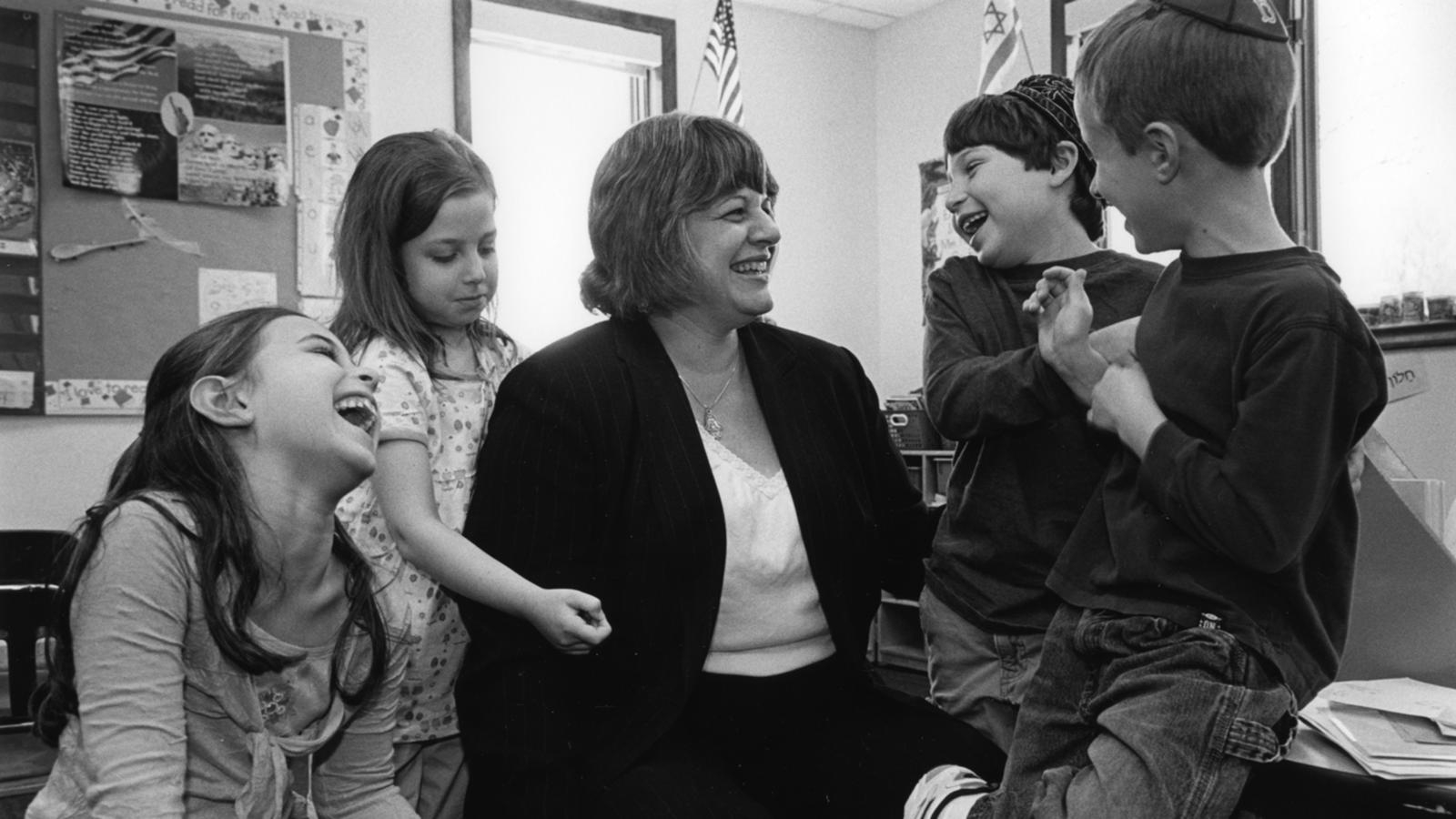, searching and probing the text of the Tanakh (Hebrew Bible), divides into two categories. Some midrashic writing deals with practical matters of Jewish law and behavior ( ), and is known as midrash halakhah. Most midrash explores ethical ideas, biblical characters or narrative moments, and is known as midrash aggadah. (Aggadah literally means “telling” or story.) When Jews use the colloquial “it says in the midrash,” they are usually referring to teachings of midrash aggadah, generally those found in a corpus of classical Jewish texts compiled between about 200 and 1000 C.E.
What Is Midrash Aggadah?
Midrash aggadah can take any biblical word or verse as a starting point, but there is no one standardized method of interpretation. Indeed, some scholars define midrash simply as any Jewish statement with a reference to a specific biblical verse or verses.
For the classical rabbis, the guiding assumption was that Torah, and Bible more generally, were true not only for their own time, but also for all time. Midrash sometimes involved drawing out biblical paradigms or insights that could apply to contemporary reality, and was a complex interplay of reverence for the text and theological creativity.
For rabbis both steeped in the Bible and absorbed by the Jewish questions of their time, there was no clear line between explaining the received and generating new ideas. The Bible was their language for coming to grips with life in exile, under foreign rule. Even the rabbis’ most audacious statements about God and Jewish history were kept within normative bounds by linking them to biblical verses.
With your help, My Jewish Learning can provide endless opportunities for learning, connection and discovery.
Where Is Midrash Aggadah?
Midrash aggadah is found in many places throughout the two Talmuds and in midrashic collections. Midrash Rabbah, the “Great Midrash,” is the name given to a set of collections linked to each of the five books of the Torah and the five scrolls of the Ketuvim (Writings, the third section of the Hebrew Bible) read on holidays.
Some of these early works read like verse-by-verse commentaries. Others may have originated in sermons linked to the weekly Torah readings. The latter frequently take a form known as petichta (Aramaic for “opening”), in which a verse from the Prophets or the Writings is linked through a train of thoughts and associations with the opening verse of the Torah reading.
Despite the editorial appearance of a sequential or running commentary, the rabbis also treated each interpretation of a verse as its own universe of meaning. Multiple interpretations are included side by side, and there was no attempt to give a unified reading of a given story. The rabbis expressed themselves through exaggeration, inventive history, sound and word association, and parallels of sound or substance between verses across the Bible. Sometimes they engaged in polemics against Christianity or Islam, which were making different use of many biblical texts.
Already in the 12th century, Maimonides noticed that some Jews were either taking midrashic teachings too literally, or else writing them off as philosophically unsophisticated. Maimonides argued that midrash had to be approached as a code of metaphors hinting at deeper truths.
Midrash of Abraham Smashing Idols
The best-known rabbinic midrash may be the legend of Abraham the patriarch as a young child in Mesopotamia smashing idols. Not just a simple morality tale about a national hero, the text in Genesis Rabbah suggests that Abraham’s selection by God did not come out of nowhere, as Genesis 12 might plausibly be read. Rather, Abraham had independently come to a point where he would be receptive to the voice of a single God.
This midrash lays out Abraham’s relationship to his family and to the people and culture around him, and his willingness to challenge conventional wisdom. It is not only a depiction of this patriarch, but also a model of spiritual personality for Jews in any age and foreign culture.
Though the early forms of midrash aggadah have long since passed from use, the activity of midrash has left its imprint. Since the advent of printing, Jewish study Bibles have presented multiple interpretations of each verse on the same page with no attempt at resolution. Jewish writers and artists, in Israel and throughout the world, present or revise biblical stories to express insights on matters from feminism to the Holocaust. Through the legacy of midrash aggadah, Torah (Jewish learning) continues to serve not as a closed system of doctrine and dogma, but as a perennial spark for ethical and spiritual thinking.



